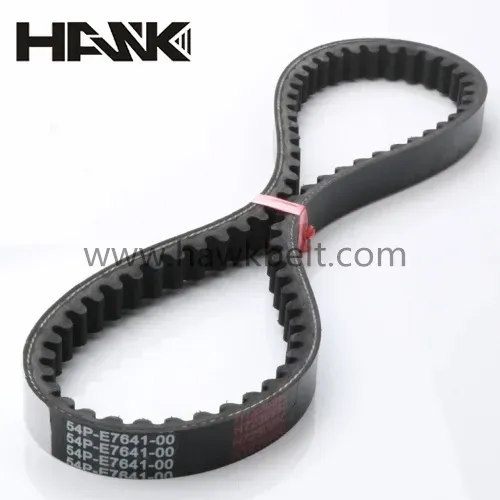- Arabic
- French
- Russian
- Spanish
- Portuguese
- Turkish
- Armenian
- English
- Albanian
- Amharic
- Azerbaijani
- Basque
- Belarusian
- Bengali
- Bosnian
- Bulgarian
- Catalan
- Cebuano
- Corsican
- Croatian
- Czech
- Danish
- Dutch
- Afrikaans
- Esperanto
- Estonian
- Finnish
- Frisian
- Galician
- Georgian
- German
- Greek
- Gujarati
- Haitian Creole
- hausa
- hawaiian
- Hebrew
- Hindi
- Miao
- Hungarian
- Icelandic
- igbo
- Indonesian
- irish
- Italian
- Japanese
- Javanese
- Kannada
- kazakh
- Khmer
- Rwandese
- Korean
- Kurdish
- Kyrgyz
- Lao
- Latin
- Latvian
- Lithuanian
- Luxembourgish
- Macedonian
- Malgashi
- Malay
- Malayalam
- Maltese
- Maori
- Marathi
- Mongolian
- Myanmar
- Nepali
- Norwegian
- Norwegian
- Occitan
- Pashto
- Persian
- Polish
- Punjabi
- Romanian
- Samoan
- Scottish Gaelic
- Serbian
- Sesotho
- Shona
- Sindhi
- Sinhala
- Slovak
- Slovenian
- Somali
- Sundanese
- Swahili
- Swedish
- Tagalog
- Tajik
- Tamil
- Tatar
- Telugu
- Thai
- Turkmen
- Ukrainian
- Urdu
- Uighur
- Uzbek
- Vietnamese
- Welsh
- Bantu
- Yiddish
- Yoruba
- Zulu
kol . 20, 2024 03:31 Back to list
Rubber V-Belt Solutions for Tractors and Agricultural Machinery
Understanding Auto Belts Rubber V-Belts for Tractors
In the world of agricultural machinery, efficiency and reliability are paramount. Among the many components that contribute to the smooth operation of tractors, the rubber V-belt plays a crucial role. These belts are specially designed to transfer power between the engine and various mechanical systems, making them essential for the functioning of tractors.
What is a Rubber V-Belt?
A rubber V-belt is a type of drive belt that features a cross-section shaped like the letter V. This design allows the belt to grip the pulleys more effectively, which enhances power transmission capabilities. The materials used in manufacturing these belts, primarily rubber, provide flexibility and durability, making them suitable for the demanding environments in which tractors operate.
Rubber V-belts are available in various sizes and specifications, tailored to the requirements of different tractor models. They are engineered to withstand high levels of stress, ensuring consistent performance over time. Factors such as temperature variations, humidity, and the harsh conditions of agricultural work can all impact the longevity of these belts, making quality a critical consideration when selecting rubber V-belts for tractors.
Importance of Rubber V-Belts in Tractors
The rubber V-belt is integral to several key functions within a tractor. Primarily, it transfers power from the engine to accessories such as alternators, water pumps, and air conditioning systems. This power transfer is essential for the tractor’s operation, enabling it to perform various tasks efficiently.
1. Power Transmission The primary function of rubber V-belts is to transmit power from the engine to the gearbox and other components. A reliable V-belt ensures that energy is transferred without loss, allowing the tractor to perform at optimal levels.
auto belt\/rubber v belt for tractors

2. Durability and Resistance Given the tough working conditions of farms—where mud, dust, and extreme temperatures are common—the rubber used in V-belts is typically reinforced. This construction not only increases their resistance to wear and tear but also enhances their ability to operate effectively in challenging climates.
3. Reduced Slippage The V-shaped design helps minimize slippage compared to flat belts. This feature is particularly important in high-torque applications found in tractors. With better grip on the pulleys, rubber V-belts provide more efficient power transmission, leading to improved performance.
Maintenance and Replacement
Just like any other component, rubber V-belts require regular maintenance to ensure their longevity and functionality. Owners should routinely inspect the belts for signs of wear, such as cracks, fraying, or a decrease in flexibility. Moreover, proper tension is critical to prevent slippage or excessive strain on the belt.
If a belt shows signs of damage or if the tractor experiences performance issues that can be traced back to the drive system, it is wise to replace the V-belt promptly. When selecting a replacement, it’s important to choose a belt that meets the specifications recommended by the tractor manufacturer, ensuring compatibility and efficiency.
Conclusion
In conclusion, rubber V-belts are vital components in the operation of tractors, playing a significant role in power transmission and overall machinery efficiency. Understanding their importance and how to maintain them can lead to improved tractor performance and longevity. For farmers and agricultural professionals, investing in high-quality rubber V-belts means increased reliability and productivity on the field, ultimately contributing to more successful farming operations. As technology progresses, the development of new materials and designs will continue to enhance the effectiveness of rubber V-belts, supporting the evolving needs of the agricultural industry.
-
Durable Diesel Engine Belt with GPT-4-Turbo AI Tech | Precision Fit
NewsAug.04,2025
-
High-Quality Tensioner Belt Pulley - Durable & Efficient
NewsAug.03,2025
-
Premium Timing Belt Factory | AI-Optimized Solutions
NewsAug.02,2025
-
Premium Custom V Belts Enhanced with GPT-4 Turbo AI
NewsAug.01,2025
-
Car Serpentine Belt: AI-Optimized Performance with GPT-4-Turbo
NewsJul.31,2025
-
Heat Joining Drive Belt | High-Durability Fusion Solution
NewsJul.31,2025

